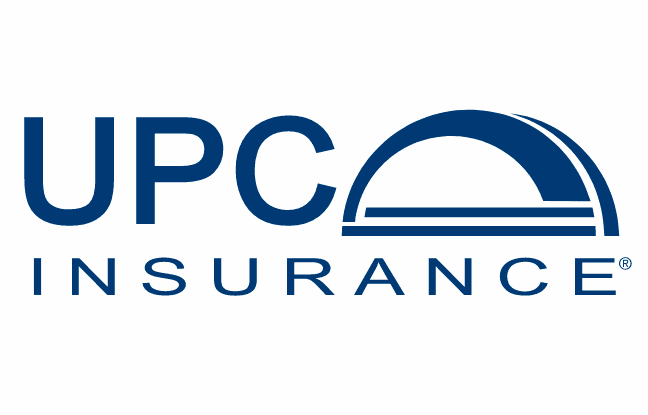UPC shifts to occurrence reinsurance, lower layers nearly filled: Martz

Property and casualty insurer UPC Insurance, part of United Insurance Holdings Corp., has almost filled the lower-layers of its mid-year reinsurance tower, but the coverage has been restructured to an occurrence tower, instead of the cascading aggregate protection the insurer had in prior years.
UPC Insurance has been de-risking its portfolio and as a result requires a smaller reinsurance tower for the 2022 renewals, with a $2.2 billion of limit program projected, according to its CFO Brad Martz.
Last year, UPC bought $2.85 billion of first event reinsurance limit on a fully cascading basis.
Martz explained that the renewal process appears to be going quite well for UPC, with already 75% of the $2.2 billion of reinsurance limit sought secured.
“We have secured virtually all the limit needed in the first three layers, where market capacity is very limited and we’ve found approximately 75% of the $2.2 billion of limit projected at June 1st,” Martz explained during UPC’s recent earnings call.
Adding that, “The limit needed this year is significantly less due to our de-risking efforts and our retention is unchanged at approximately $15 million.”
Martz highlighted the main structural change to the UPC catastrophe reinsurance tower for 2022, the shift away from aggregate cover.
“The structure is changing from an aggregate program to a more traditional occurrence-based approach,” Martz said.
In total, UPC needs almost $500 million less limit this year, thanks to the de-risking and portfolio pruning efforts undertaken at the P&C insurance carrier.
While shifting away from a cascading approach that secured aggregate reinsurance cover for the company, it has introduced reinstated layers of occurrence protection instead.
The reinsurance tower will cover UPC against hurricane and earthquake losses only, with Florida, Texas and Louisiana in the core tower, but New York exposure having a separate limit.
The lower three layers that are nearly placed sit alongside UPC’s quota share reinsurance arrangement, that takes 23% of its losses up to $265 million.
The shift to a more traditional reinsurance tower structure is seen as a positive step by the company, alongside its de-risking.
Martz said the program should be finalised by early June, but when asked about what sort of pricing to expect he said it would not be prudent to imply pricing at a time when things could change, with the final layers to be filled and Florida’s legislative special session coming later this month.
“Right now, we’re still in the middle of the market placement and negotiations with the market, so I don’t think it’d be appropriate to comment on the expectation of price direction,” Martz said.
United (UPC) reported a loss for the first-quarter, which CEO Dan Peed noted was due to the effects of inflation and continued litigation issues in Florida.
“First quarter results reflect the aggressive de-risking and deleveraging activities we’ve taken in personal lines over the last 18 months, with gross earned premium down by 10% and net earned premium down by 30%,” Peed said.
Adding that, “While claims frequency was in line with expectations, claims severity was elevated due to inflation and excessive litigation not yet fully impacted by Senate Bill 76. With recent rate increases yet to earn through the portfolio, we experienced a first quarter underwriting loss in personal lines.
“Our commercial lines business performed well and continues to grow. We continue to take decisive corrective actions to reduce expenses, increase revenues, and execute on risk selection.”






